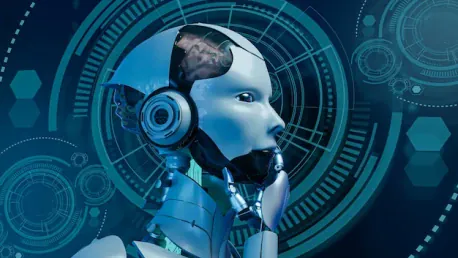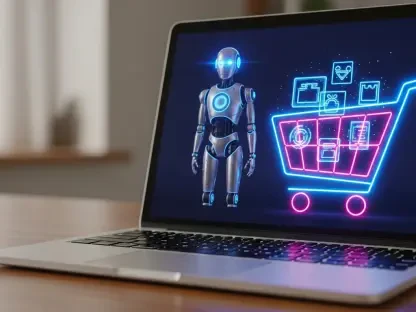How many enterprises are suffering in silence from the weight of outdated technology? It’s a question that resonates deeply in today’s digital age where innovation is key to survival. With the relentless march of technological advancements, legacy systems have become oppressive barriers to growth, innovation, and competitive edge.
The Growing Urgency for IT Transformation
Why does modernizing IT systems matter so much now? As enterprises stagnate under outdated hardware and software, they miss out on the wave of digital transformation sweeping across industries. These legacy systems, built decades ago, were never designed to support today’s demands for data analytics, agility, and scalability. Facing these challenges head-on has become a business imperative, not just a technical necessity.
Imagine, for instance, the competitive disadvantage faced by enterprises chained to antiquated servers that can barely handle basic computing tasks. In contrast, newer technologies powered by artificial intelligence (AI) offer adaptive, responsive, and efficient solutions. This urgency to transform is driven by the simple fact: those who fail to modernize risk obsolescence.
The Weight of Legacy IT Systems on Modern Enterprises
Maintaining legacy IT systems is an expensive endeavor. Enterprises allocate substantial budgets to keep these outdated systems operational, often incurring higher costs than modern replacements would require. These financial burdens can include maintenance fees, licensing costs, and the need for increasingly scarce, specialized expertise.
Operational inefficiencies compound these direct costs. Aging systems can lead to prolonged downtimes, slower transaction speeds, and limited integration capabilities. Even more critical is the opportunity cost: organizations miss out on innovations that could redefine their market positioning. What could have been potential growth momentums become stagnant blockers due to rigid, incapable infrastructures.
AI-Driven Modernization: A New Paradigm
AI offers a groundbreaking alternative to these legacy systems—one that emphasizes adaptability and intelligence. Leading the charge are technologies like Large Language Models (LLMs), AI agents, and Retrieval-Augmented Generation (RAG). These innovations offer more than incremental upgrades; they revolutionize the very foundation of IT operations.
LLMs, for example, demonstrate unparalleled capabilities in understanding and generating human-like text, opening new avenues for customer service, cybersecurity, and more. AI agents can autonomously manage tasks, freeing up human talent for strategic activities. Meanwhile, RAG bridges the gap between AI processing and real-time data access, enhancing decision-making precision. These examples illustrate how AI-driven solutions can not only match but surpass traditional IT systems.
Real-World Success Stories and Expert Insights
Consider the case of a prominent financial institution that undertook an ambitious modernization journey. By integrating AI across operations, it reported a 40% reduction in operational costs and improved customer satisfaction rates by 30%. This transition exemplifies how embracing AI technologies can deliver substantial returns on investment.
Industry experts echo these accolades for modernization. “Enterprises stuck with outdated systems will inevitably fall behind,” warns Alyssa Greene, an IT innovation strategist. Studies further emphasize that companies adopting AI-driven modernization see significant performance improvements, with some reports showing over 75% enhancement in operational efficiencies.
Practical Strategies for Implementing AI Modernization
Embarking on AI modernization requires a strategic, well-planned approach. First, undertake a comprehensive assessment of current systems to identify areas most in need of upgrade. Prioritize initial implementation in domains where AI can quickly demonstrate value, such as customer service automation or predictive maintenance.
Balancing high-risk projects with foundational improvements is crucial. While exploring frontier innovations in AI, don’t neglect essential upgrades like cybersecurity enhancements to ensure a secure evolution. Establishing clear frameworks for AI governance—covering aspects like data integrity, decision auditability, and transparency—is fundamental in building organizational trust and achieving long-term success.
Conclusion
AI-driven modernization emerged not just as an option but a necessary evolution for enterprises to overcome the limitations of legacy IT systems. Offering unparalleled benefits in adaptability, precision, and efficiency, AI technologies provide a path toward sustained growth and innovation. For organizations willing to invest in modernizing their IT infrastructure, the potential rewards are evident: reduced costs, improved efficiencies, and a competitive edge. As technology continues to advance, embracing AI modernization remains an imperative strategy for enterprises aiming to thrive in an increasingly digital world.









